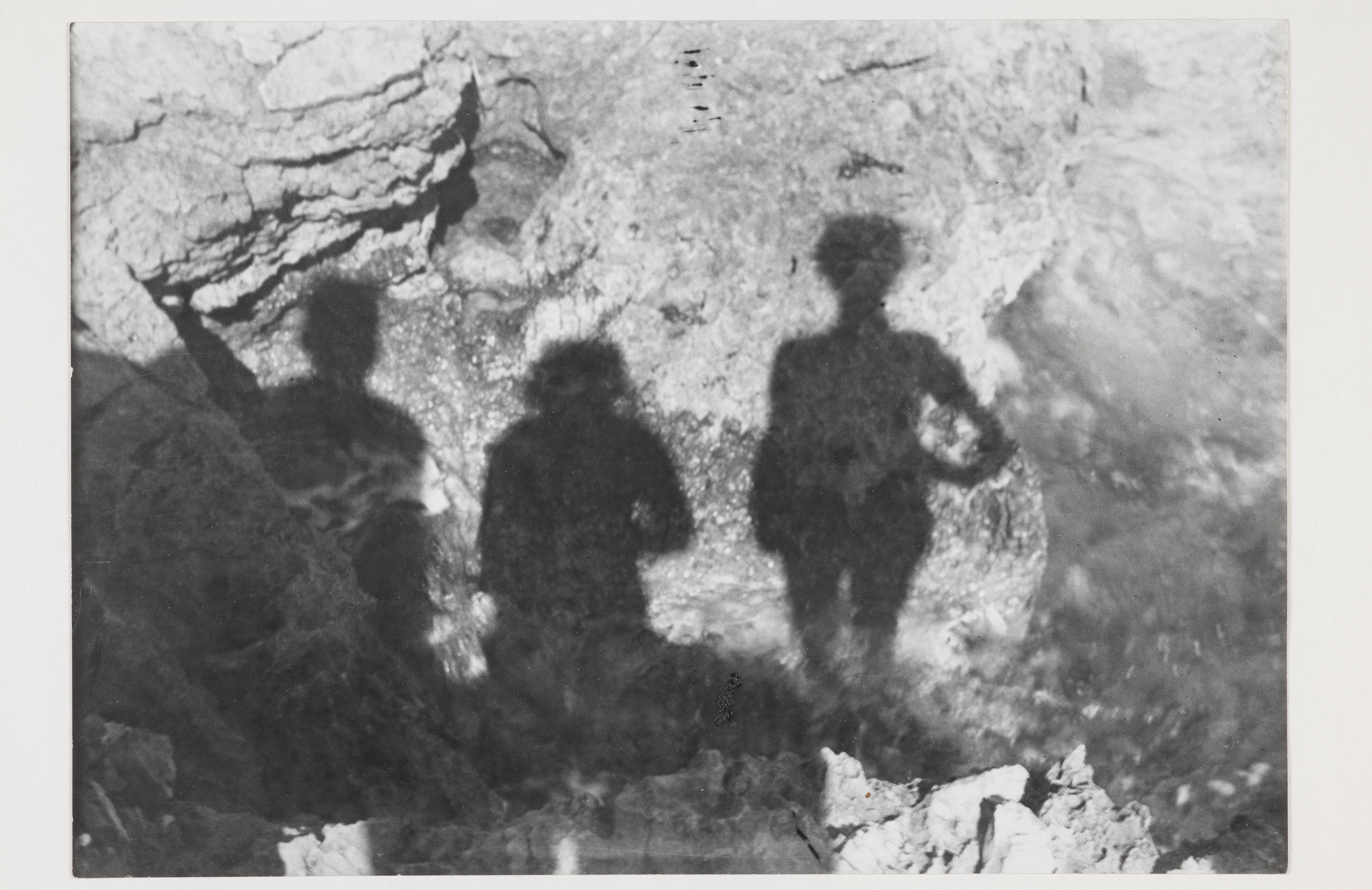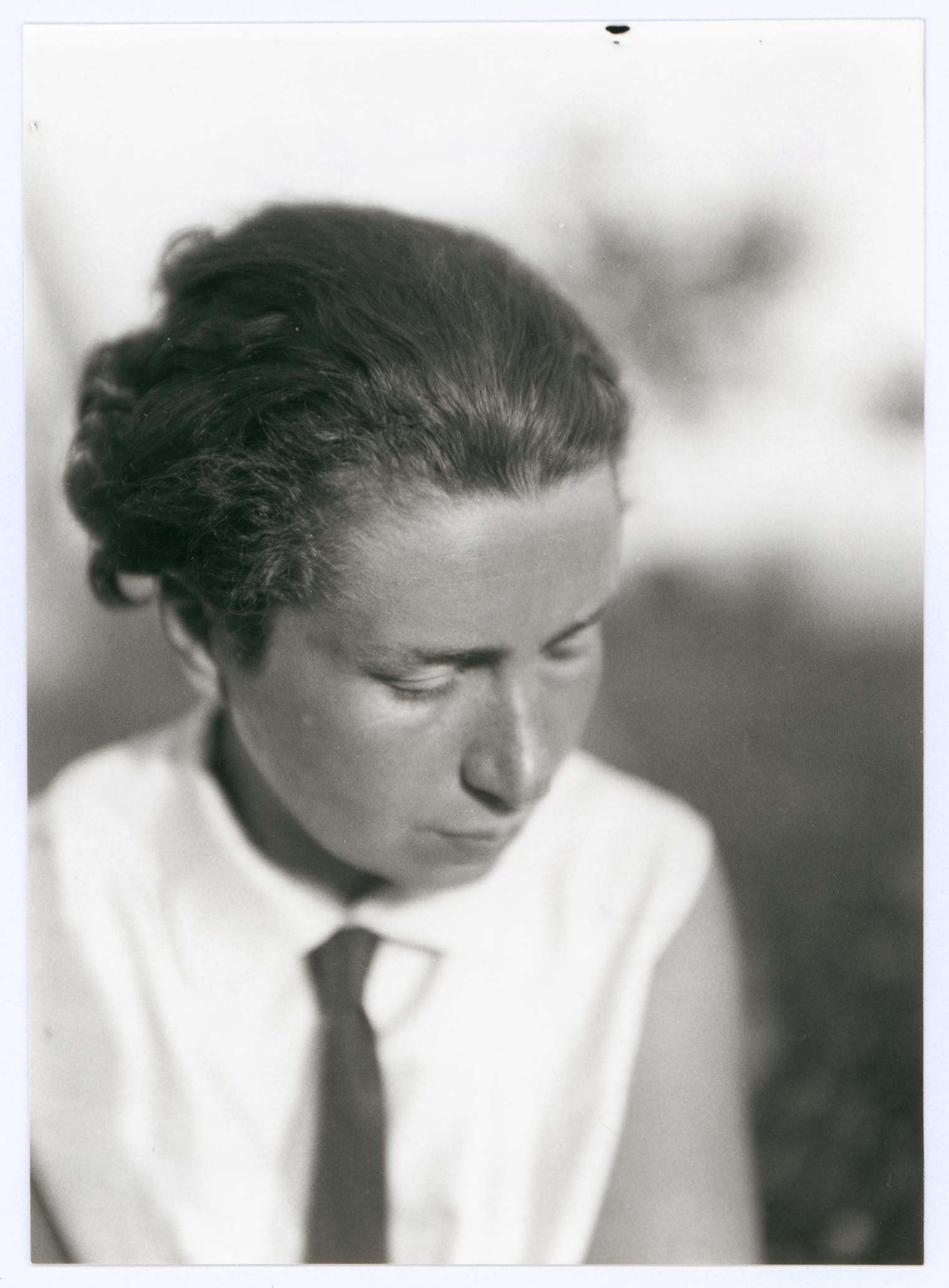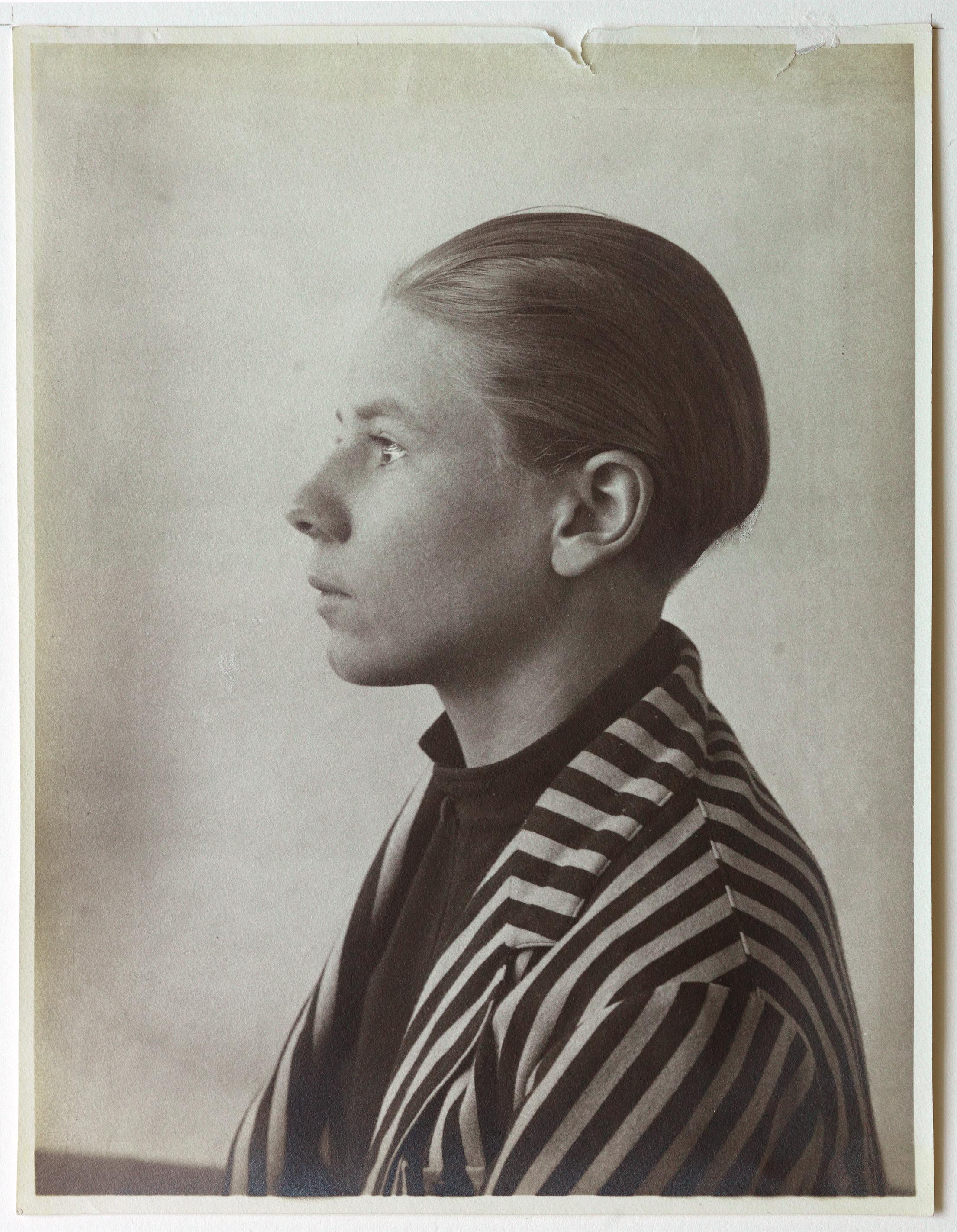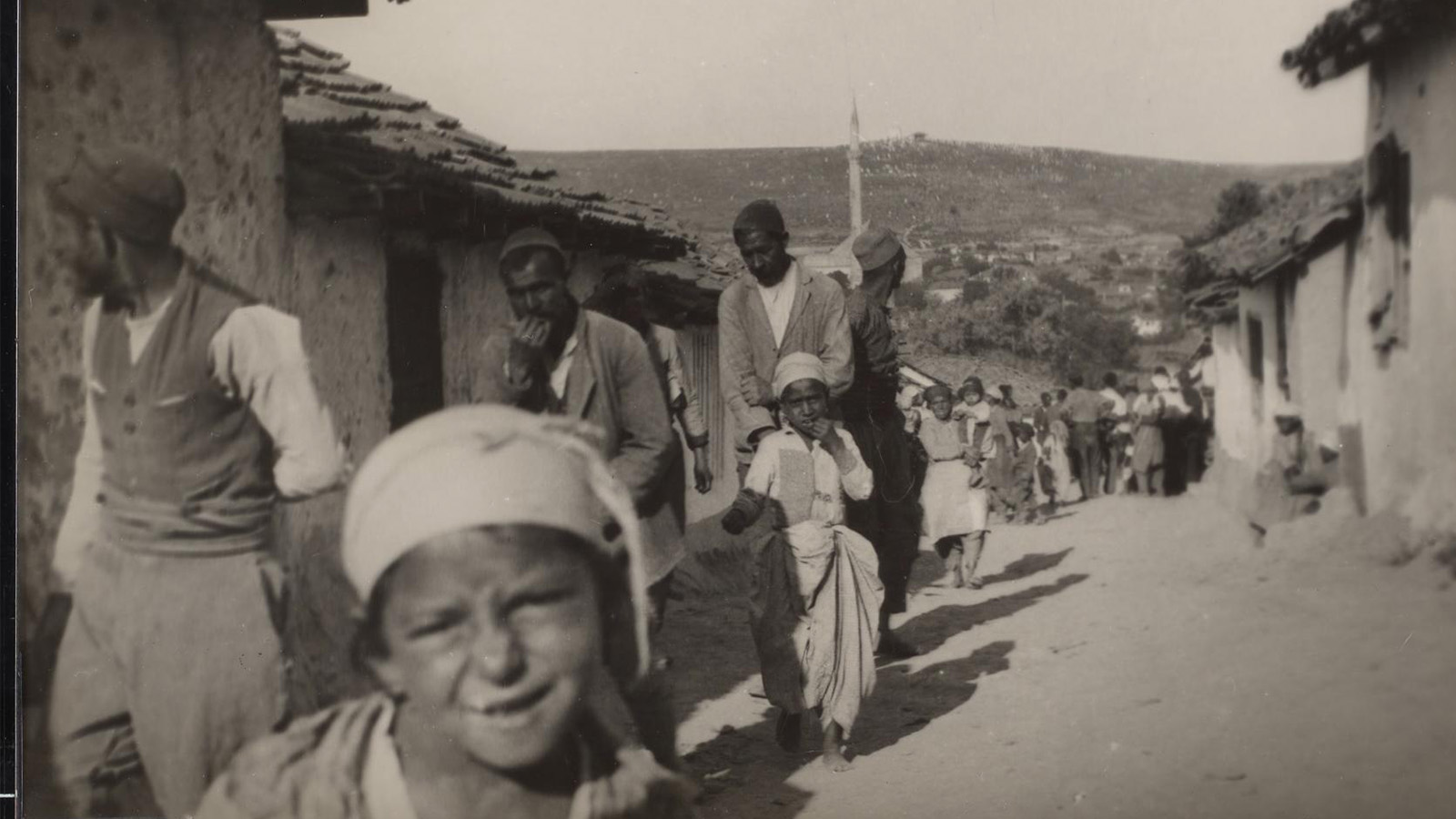
Within the visual legacy of Bauhaus, few are as centrally positioned as Lucia Moholy and yet none more overlooked. While the Czech photographer’s painstakingly composed black and white images of the Bauhaus buildings in Dessau have become globally synonymous with the school, recognition of Moholy’s work, both around Bauhaus and beyond, has been routinely obscured.
‘Lucia Moholy: Exposures’, the first major retrospective of the photographer, aims to change that. Opening at Kunsthalle Prague, in the city of Moholy’s birth, the exhibition casts a suitably wide net in capturing her life’s work. Spanning the 1910s to the 1970s and drawing together more than 600 artefacts, this monumental undertaking offers a long overdue appraisal of a true virtuoso of 20th-century photography.
‘Lucia Moholy: Exposures’
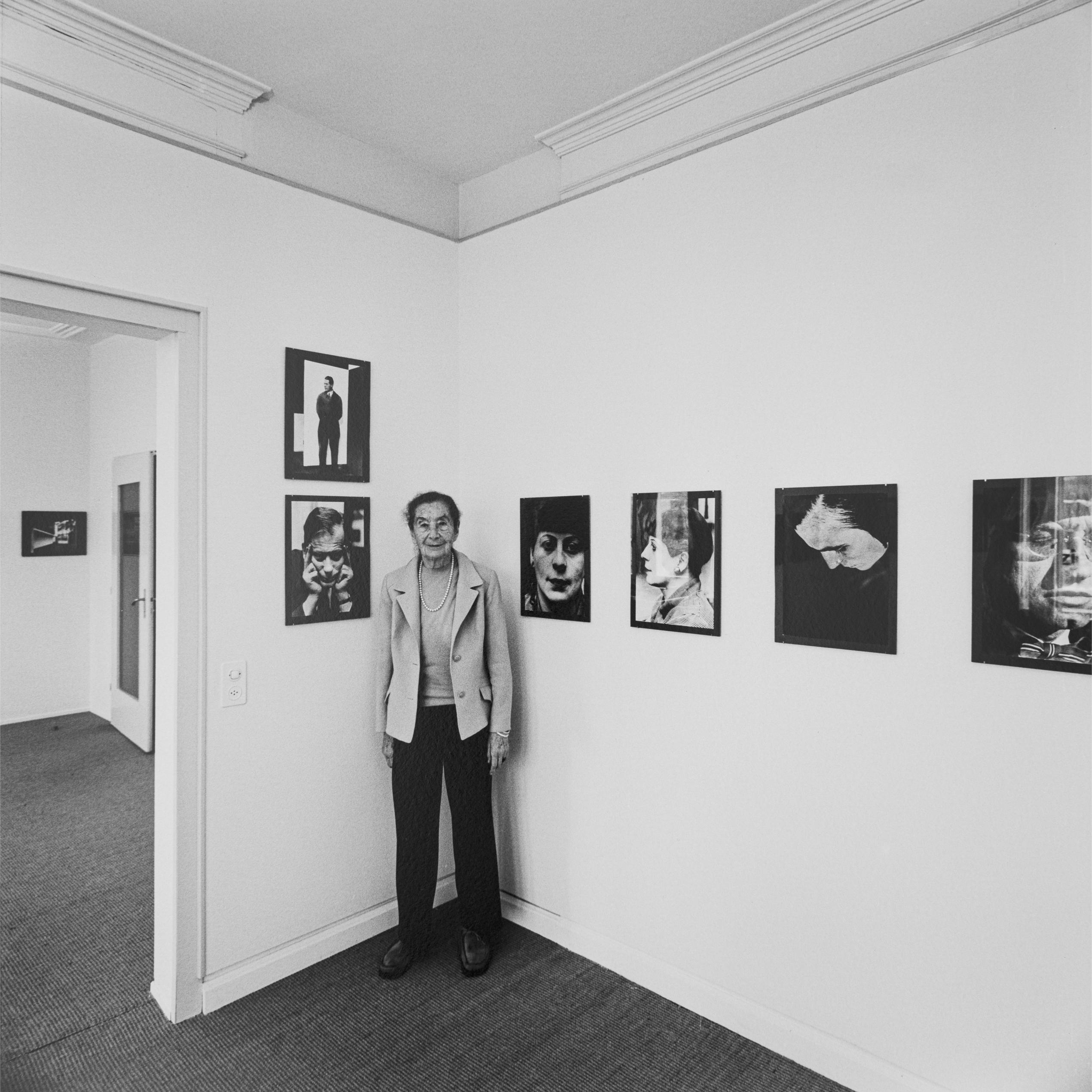
At its heart, ‘Exposures’ reveals the sheer breadth of Moholy’s practice beyond her five years at the Bauhaus and, indeed, beyond the medium of photography. In part, her limited recognition can be attributed to this multidisciplinarity. Moholy worked across art and science, as a photographer, portraitist, writer, editor and information scientist, producing microfilm projects funded by the British government during the Second World War and carrying out others abroad, across Europe and the Middle East, on behalf of Unesco.
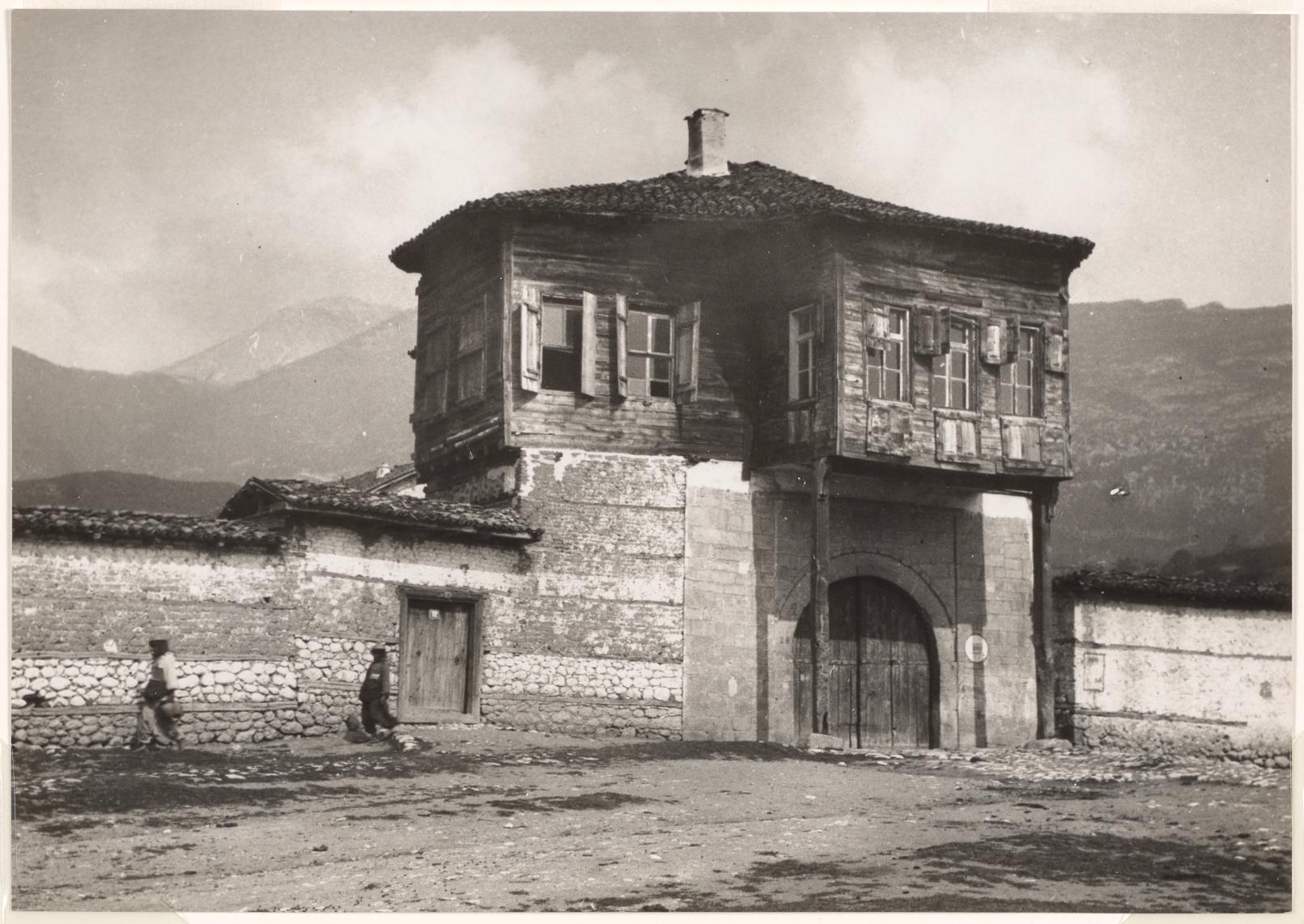
Linking the visual with the written word, her urge to preserve cultural heritage could be attributed to the loss of her own Bauhaus negatives after fleeing Germany in 1933 (only to discover that many had been taken and used without her consent), as much as it could to her experience working across multiple cultural contexts. Taking her from Austro-Hungarian Prague to pre-war Yugoslavia, interwar Germany and England, Turkey in the 1950s, before settling in Zurich in 1959, Moholy’s nomadic life drove a similar intrepid spirit in her artistic output.
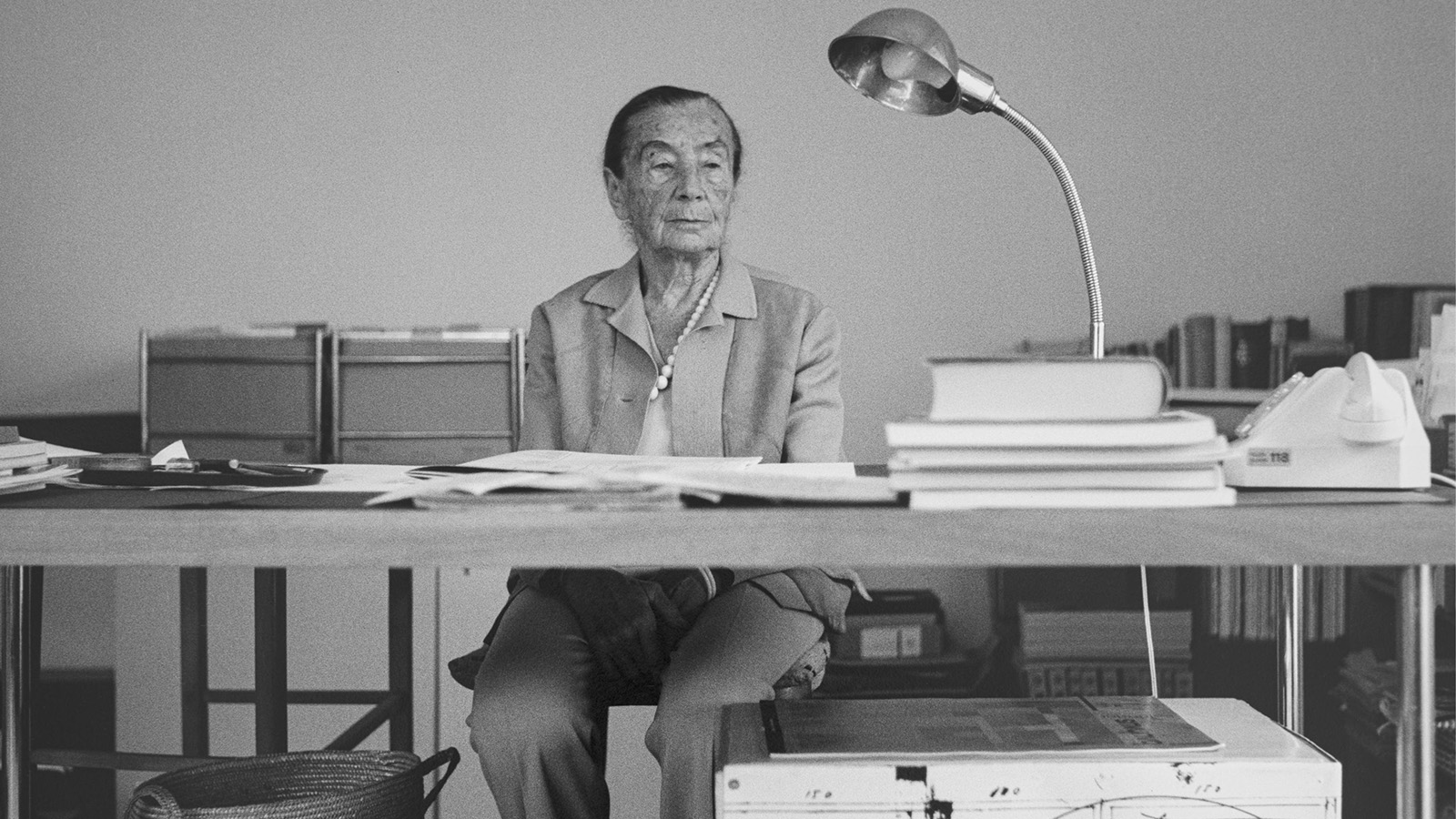
Because as much as photography reflected culture, it also represented a culture for Moholy, who relentlessly pushed its development. Together with her husband, the Hungarian painter, photographer and Bauhaus professor László Moholy-Nagy (whom she married in 1921 and divorced eight years later), the pair expanded experimental forms of cameraless photography, coining the term ‘photogram’ to refer to a photograph made by placing an object or its shadow directly onto photographic paper and printing the resulting image.
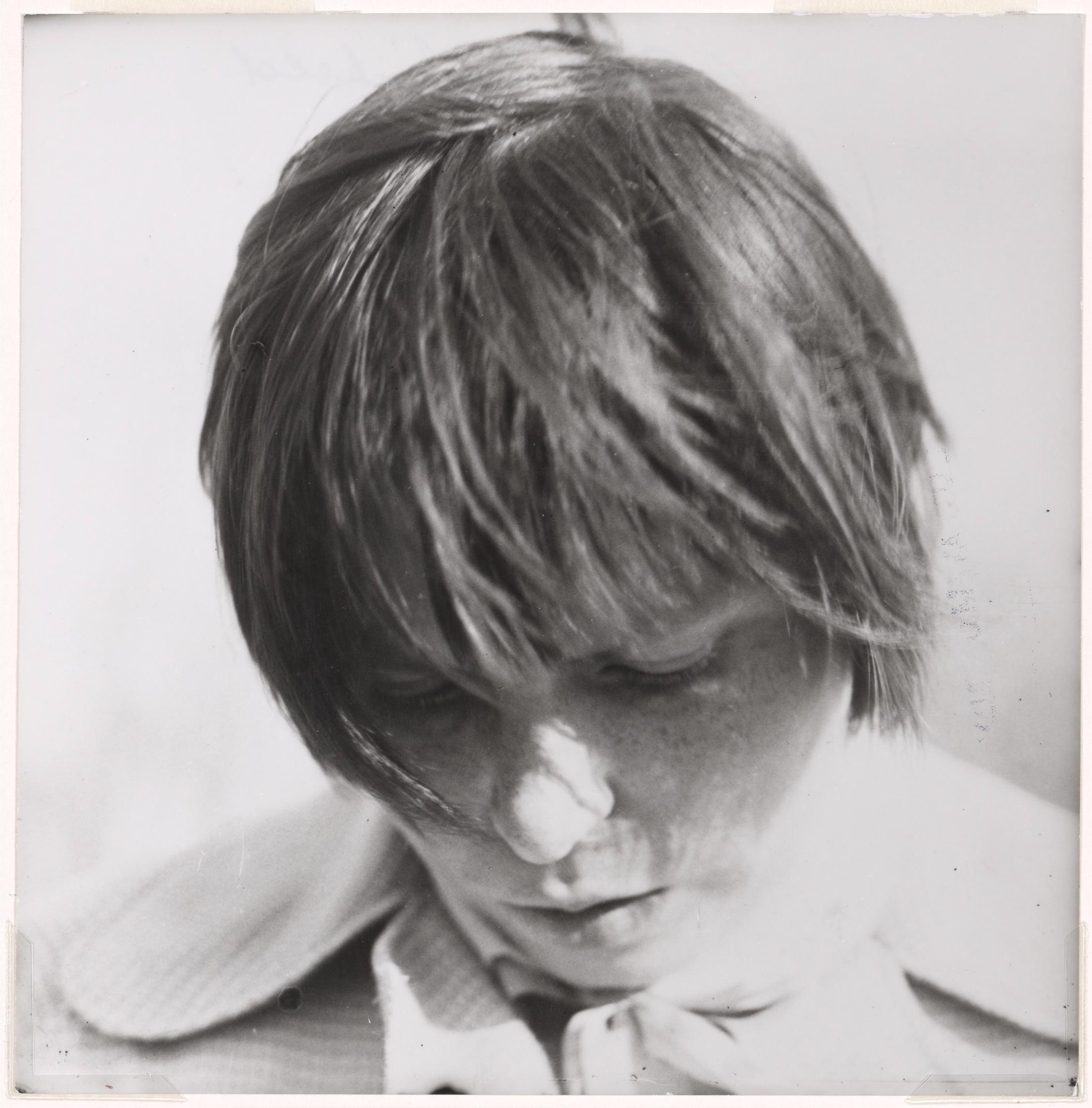
Moholy’s photographs embody this wealth of information and innovation but they also contain great beauty. In her portraiture – a particular delight of the exhibition – Moholy’s eye for lighting and perspective frames each sitter with a directness and clarity that echoes the language of her Dessau photographs. Like the women whom she mostly photographed, from Marxist activist Clara Zetkin to German artist Anni Albers, the beauty in Moholy’s work was too often hindered by male peers throughout her lifetime. This exhibition reveals it in full for the first time.
‘Lucia Moholy: Exposures’ is showing at Kunsthalle Prague until 28 October kunsthallepraha.org
